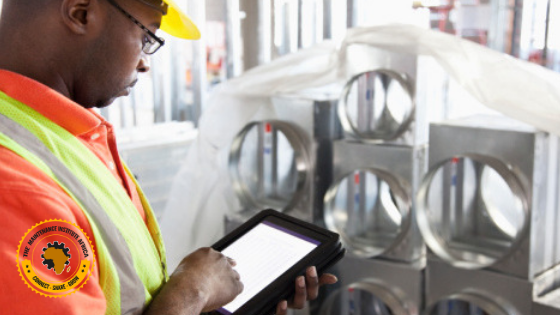Are you constantly stuck between trimming cost and becoming value driven? I hope you are not, but if you are, then you are certainly not alone in this. For most of the time, saving cost is primary and it should be, but then at some point, you might want to find the balance cost and value.
First of all, we must establish that maintenance should be a need in every organization and not just an option. With proper maintenance in place, organization’s assets are optimized over time thus minimizing unexpected premium cost of repairs, continuous production output, client’s satisfaction, brand reputation and it can go on.
But then, what is PM?
PM, an acronym to Preventative Maintenance (Preventive Maintenance) is the maintenance that is routinely performed on a piece equipment to minimize the possibilities of failure. That is to say, it is performed while the piece of equipment is on operation so it doesn’t breakdown.
Preventive maintenance is usually planned and scheduled, and it is triggered by either time or usage. A perfect example of a usage triggered planned maintenance is the motor-vehicle which is usually scheduled for service after every 10,000km.
One of the biggest advantage of Preventive maintenance is the planning and the scheduling. The planning has to do with knowing the resource requirements and making them available in advance. The scheduling has to do with the time the maintenance should be done. With MTBF, time for scheduling is known, and maintenance should be done at the point to prevent breakdown.
So with the planning and scheduling combined, necessary resources are pre-arranged so that they are ready as the job requires it.
In reality, maintenance cost money. It takes money to hire a maintenance technicians and acquire spare parts that will help keep the system running. Too often, organizations are worried about the initial cost without also considering the following values:
- Reduction in reactive maintenance costs
- Production uptime
- Cost of downtime such as missed orders and lost revenue
- Clients’ satisfaction
- Optimized life expectancy of assets
- Improved quality of products
- Reduced environmental impact
Not surprisingly, maintenance can add economic value to a business by delivering maximum availability at the lowest possible cost. In general, the argument shouldn’t be centered on saving initial cost but maintaining value. To view maintenance as a value driver, senior executives must move from cost based thinking to value based thinking.
Value drivers’ senior executives must consider includes:
- Availability of Assets:
To be available is important for any organization because it means its system is functioning exactly as it should function under normal conditions. This allows the organization to continue production and meet orders. Thus, to increase availability is to increase the production output with the same asset, which means income is increased with fixed cost unchanged.
- Safety, Health and Environment (SHE)
How much is the cost of safety? A good SHE policy is important as if done incorrectly can have a tremendous setback on future cash flows. Proper and thorough maintenance can save the organization the risk of staff injury, asset damage, and negatively harming the environment. A good SHE policy also ensures the license to operate remains intact, as losing the license to operate means no income.

